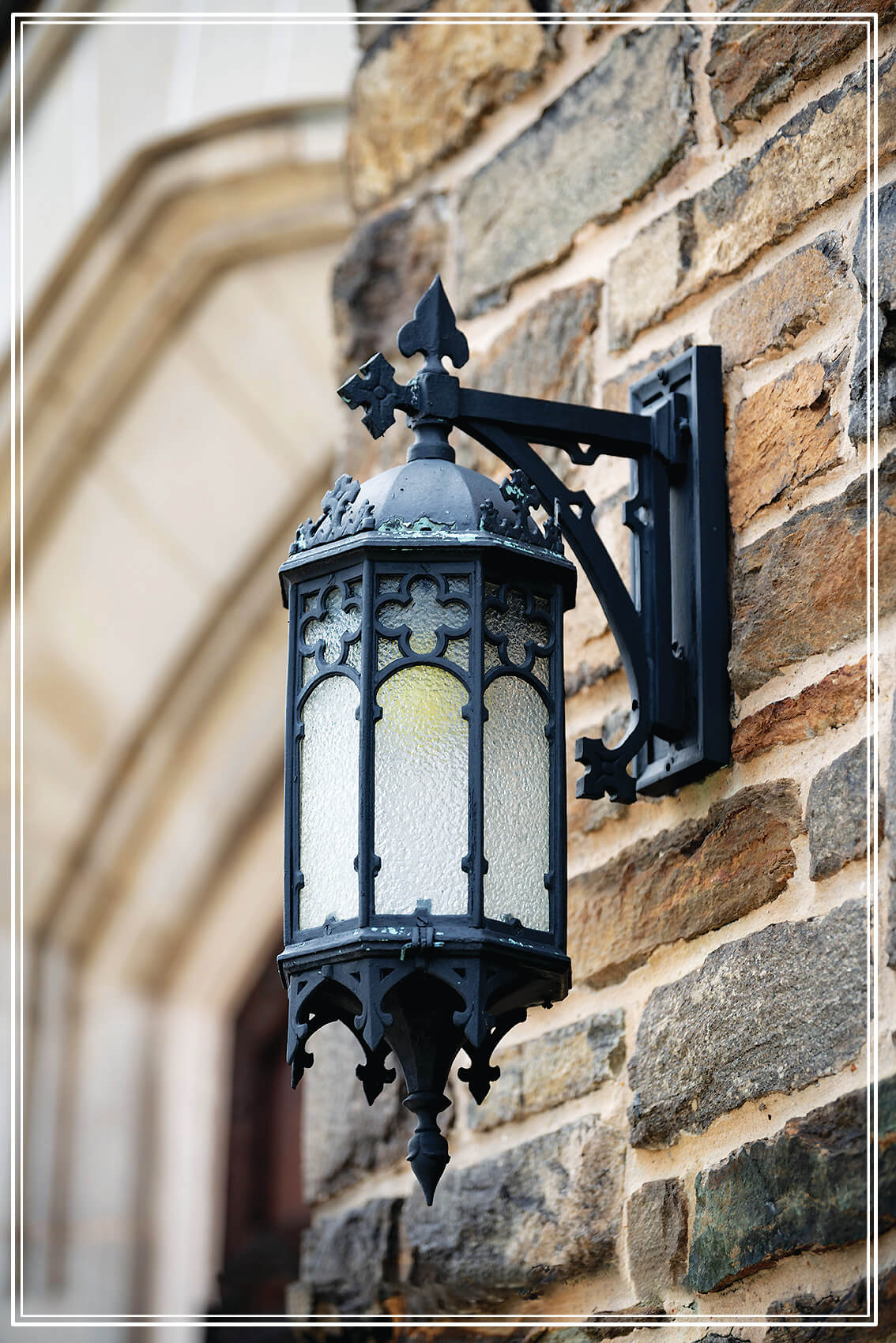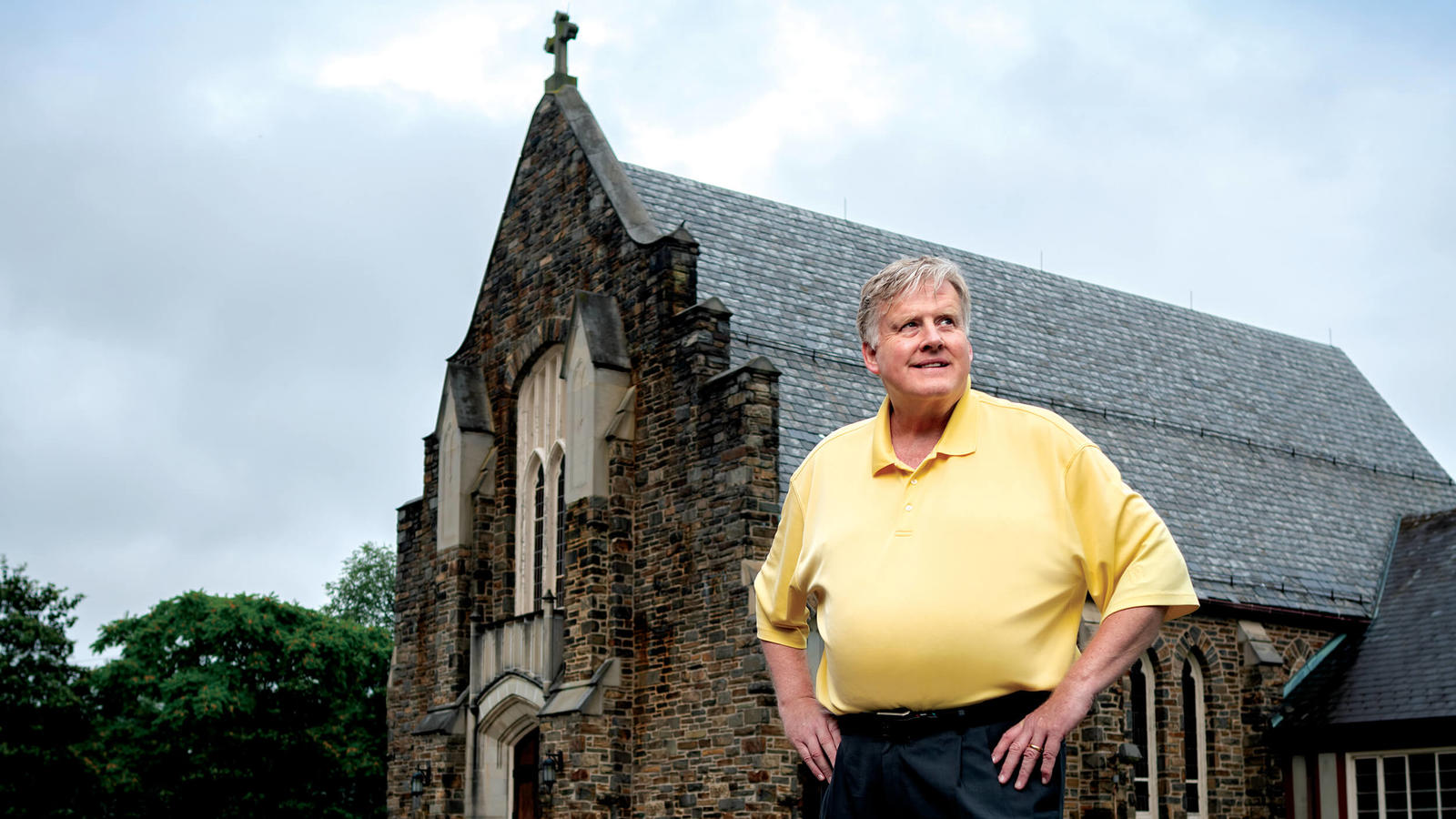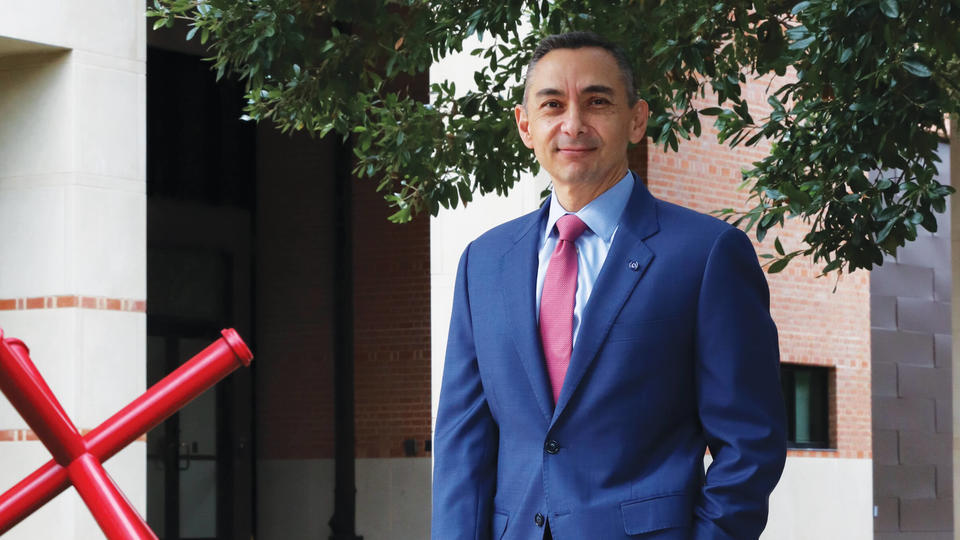
Of Prophets and Profits

As houses of worship close across the country, we need a new model for the buildings’ futures — one that can benefit the communities these buildings call home.
Houses of worship in the United States are emptying out, from denomination to denomination, from coast to coast. What we do about them will shape not only our faith institutions, but also our communities for decades to come. We may be looking at the closing of up to 100,000 of the estimated 400,000 houses of worship in the United States. Canada and Western Europe face the same challenge. This decline presents a dilemma for our houses of worship, as well as our towns and cities. After a first career in urban revitalization and a second career in the faith community, I find myself on the front lines of this critical challenge: How can we rethink these spaces to serve the needs of religious organizations and their communities — sometimes in ways neither ever imagined?
But first: why are houses of worship closing? While good data on the topic is hard to come by and numbers can vary among denominations and regions, a Gallup poll shows that Americans are losing interest in organized religion. For the first time in U.S. history, fewer than half of Americans consider themselves members of houses of worship. There are other issues, too. Real estate costs are escalating. Houses of worship no longer need to be neighborhood based; people can connect via the internet to religious services anywhere in the world.
The COVID-19 pandemic has encouraged churchgoers to stay home and view online. And, much like in the retail and financial services sectors, churches have migrated toward the mega-, the online and, at the other end of the spectrum, small but customized offerings.
This perfect storm has produced a profound mismatch between sparse congregations and cavernous properties. Congregations cannot afford their real estate, whose neglected roofs, HVAC systems and grounds often lead to further disinvestment.
Religious leaders across most religions and denominations are befuddled by the great emptying. They are educated to spread the Good Word, not act as the Grim Reaper. City planners, burdened by outdated zoning ordinances, building codes and historic preservation ordinances, are equally unprepared.
On the other hand, developers and designers, always eager for a good real estate challenge, see opportunity. The problem here is that they focus more on profitability than community needs or environmental, social and governance factors.
In cities like New York, San Francisco and Houston, real estate developers chomp at the bit to acquire emptying houses of worship and redevelop them into luxury residences. First United Methodist Church in downtown Miami sold to a developer for $55 million. Even if that is a smart move to make a massive profit in large cities teeming with tourism and business, luxury isn’t a solution in the heartland and smaller cities. Closed houses of worship can remain empty for years or decades. According to its planning director, Gary, Indiana, population 68,000, suffers from more than 250 empty churches.
The “for sale” signs that dot the landscape aren’t just a metaphor for the loss of religious services or a beacon for development. My colleagues at Partners for Sacred Places, a not-for-profit organization in Philadelphia, measured the “economic halo effect” of churches that host food pantries, child care centers, self-help groups and the like. They discovered that the average urban historic church contributes to the community more than $140,000 annually in goods and services and delivers an annual economic impact of $1.7 million.
It’s a complex problem, and the ways we address it will impact communities for decades to come.
Footsteps in the Sand

While at Rice Business in the early 1980s, I never dreamed I’d end up using my business education to project the future of houses of worship. Fresh from sleepy upstate New York, with three years as a journalist covering murder and political corruption trials, I was encouraged by Rice to venture into the go-go Houston community. Energy stocks were soaring. The movie “Urban Cowboy,” starring John Travolta, had just been released. The eyes of America were on Houston. My Rice Business internship inspired me to get a post-diploma job at West Houston Association, a not-for-profit, real estate organization in what is now Houston’s Energy Corridor. That, in turn, grew into a career path leading corporate CEO-driven, city center revitalization organizations in Richmond, Buffalo, Atlanta, Northern Ireland and finally Washington, D.C., with stints in between as mayoral chief of staff, a real estate developer COO and a fellow at Harvard’s Graduate School of Design.
Seven years ago, at age 60, my career took a sharp left turn. An Atlanta acquaintance, a pastor, had moved to Washington, D.C., to head the United Methodist Church’s global social justice agency. She needed help with strategic planning, fundraising, investments, communications and properties, including a building directly across from the U.S. Capitol and the Supreme Court. So, off I went to learn about human trafficking, environmental justice and world peace, all topics I cared about but had zero experience working on.
Three years later, I accepted an assignment within the church family to move to New Jersey to lead a United Methodist-affiliated organization to develop strategies for its $500 million in church real estate spread across the state.
Then COVID hit. My job shifted from real estate to emergency management. I coordinated the raising of $8 million in federal funding for 530 churches and strived to keep food pantries and other human services in operation. It was time for my husband and me to return to the Washington, D.C., area, where I reactivated my consulting firm to work on economic development, especially with church governing bodies and municipalities.
A Building by Any Other Name
Decisions made by lay leaders and clergy often rely more on emotion than logic, understandably so. No one wants to downsize or close the institution from which they were married, their parents were buried or their children were baptized.
Yet one cannot ignore the numbers. Church property costs $7 to $10 per square foot annually to operate — $70,000 to $100,000 for a modest 10,000-square-foot property. A congregation with a median age of 75 will soon find itself shy of members. Spending a quarter of the organization’s cash reserves year after year is unsustainable, no matter how well the investment portfolio performs. Giving short shrift to the data often results in sudden, sad decisions to close and pound a “for sale” sign in the front lawn, with little forethought.
Some might say, “Let churches close. Let the market decide highest and best use of their real estate.” In high-demand real estate markets, such a philosophy can result in a missed opportunity to develop affordable housing or offer human services or arts and culture to an entire neighborhood.
In low-demand markets, public intervention may be required to preserve a historic asset or prevent a community eyesore.
How can houses of worship maximize the full potential of their properties? Thanks to creative individuals who often have had to push uncomfortable hierarches to think differently, there is hope. Some Christian organizations have definitely thought outside the box. Centre St. Jax, an Anglican church in Montreal, has been redeveloped to provide space to community organizations, including an agency serving immigrants, a food bank, a circus cabaret and a circus school. The Village @ West Jefferson in Louisville, Kentucky, a property of St. Peter’s United Church of Christ, is a new 30,000-square-foot mixed-use office and retail development in the historic Russell neighborhood.
A current example near the Rice campus, St. Stephen’s Episcopal Church has issued a request for proposals to reconceptualize their property into a mixed-use development in Houston’s bustling Montrose neighborhood. Doing so will not only ease the church’s financial condition; it will integrate the church better into the city.
As encouraging as these success stories are, the challenge is how to take this sort of work to scale. Strategies that work for one or two churches may not work for 100,000.
We desperately need to shape a new model for houses of worship. The church sitting isolated, surrounded by a fence, used only a few hours a week, abutting an empty parking lot, unable to deliver state-of-the-art, online services is not good use for either the faith institution or the community. The answers have to do with consolidation and mixed use.
Rev. Dr. Thomas Edward Frank, dean emeritus at Wake Forest University, and I focus on three major shifts needed for houses of worship to be successful. First, the need to move from private to public — the buildings should be seen as the community’s asset, not the congregation’s club. Second, the need to move from simple to complex — thinking of these houses not only for Sunday worship for one group, but also for daily use by multiple groups. And third, moving from static to dynamic — what worked yesterday probably won’t work today.
Jane Jacobs (urbanist and author of 1960’s seminal “The Death and Life of Great American Cities”) identifies four factors critical in creating great cities: mixed uses, short city blocks, aged buildings and high density. Most houses of worship fail miserably at three of the four. (They’re old, but that’s it.) That needs to change.
What emptying department stores were to the late 20th century, emptying houses of worship are to our era except, thanks to the intricacies involved, the problems are greater and the opportunities more limited.
The issue is complex, will evolve over time, and will take open minds and the strategic thinking of pastors, planners and business leaders to move our small towns forward. So, when you pass a “for sale” sign at that closed church, temple or synagogue down the street, I urge you to take a moment to mourn what was. But then imagine what could be, for our congregations and the communities they call home. ⚜


